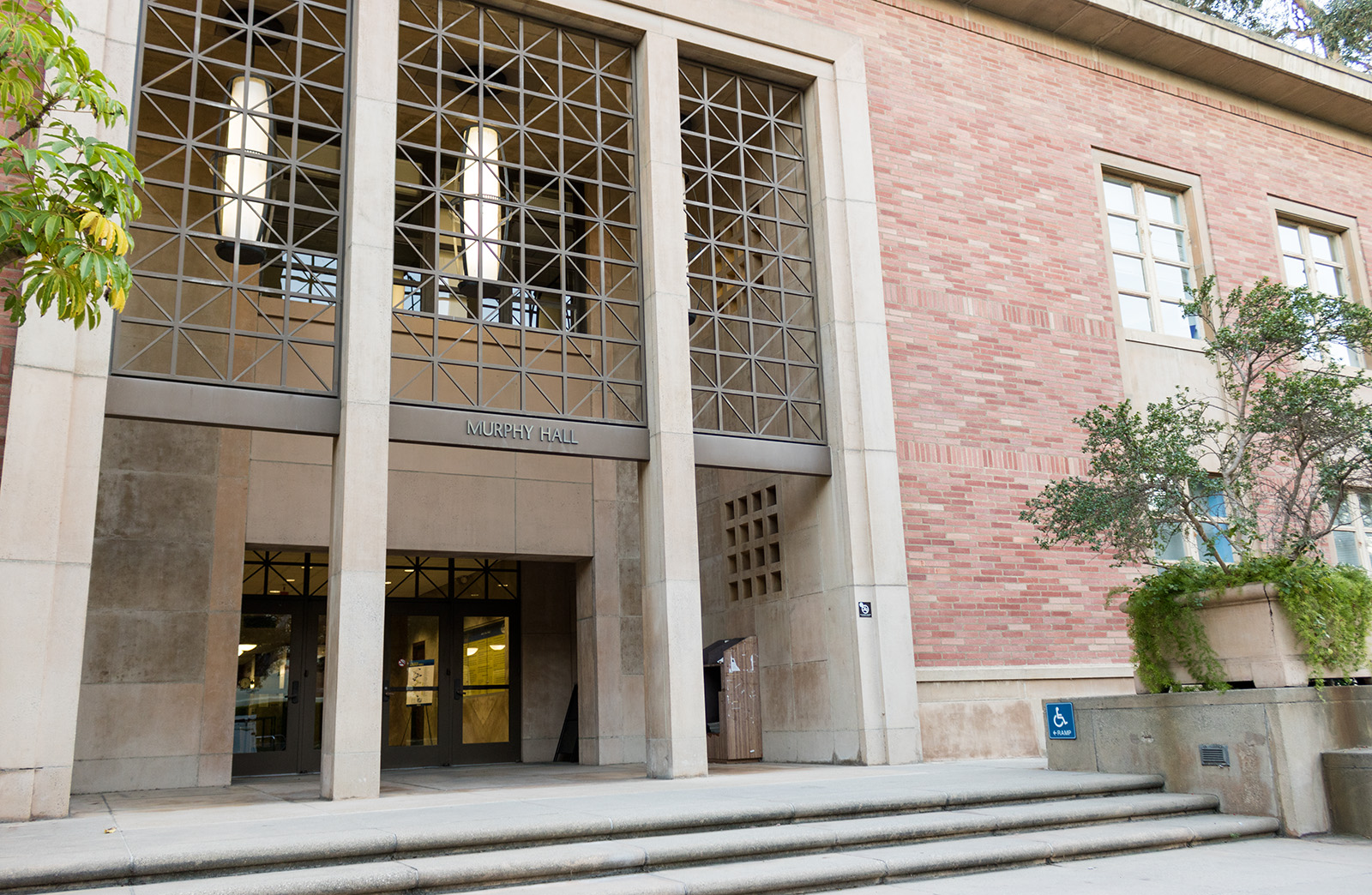Program uses travel fees to finance projects combating greenhouse gas

Campus departments are now required to pay an extra $9 for each business-related domestic round trip and $25 for each international round trip for staff members traveling by air, which will finance programs that focus on reducing greenhouse gas emission. (Daily Bruin file photo)
By Connie Zhou
Jan. 19, 2018 12:08 a.m.
A UCLA program launched this month will use funding from fees levied on business-related air travel to combat greenhouse gas emissions.
Campus departments are now required to pay an extra $9 for each business-related domestic round trip and $25 for each international round trip that staff members travel by air. The money goes to the Air Travel Mitigation Fund, which will finance university projects that focus on greenhouse gas emission reduction, said Renee Fortier, executive director of UCLA Events and Transportation. Flights for students studying abroad, UCLA Athletics charter flights and grant-funded flights are exempt from these charges.
Campus organizations working to reduce greenhouse gas emissions can also apply for ATMF funding on the website.
David Karwaski, a senior associate director of UCLA Transportation, said UCLA’s ATMF program is one of the first programs in the country to mitigate greenhouse gas emissions for business-related travel. He added that air travel contributes greatly to greenhouse emissions, and there are no alternatives to fossil fuels for airplanes as there are for cars.
UCLA calculates its greenhouse gas emissions from air travel by collecting travel reservation and reimbursement data each quarter and inputting the numbers into the Campus Carbon Calculator, Karwaski said. He added the administration also uses semiannual surveys to estimate emissions not captured through UCLA’s travel reservation system.
Fortier said that as of 2016, nearly 90 million miles of UCLA business-related air travel released about 20,000 metric tons of greenhouse emissions.
“(What we are doing) is very unique – instead of going out to buy trees for planting, money is returned to fund projects that reduce the campus’s greenhouse gas footprint,” she said.
Fortier said the administration estimated the prices for the carbon mitigation fee with the help of business students from the Presidio Graduate School in San Francisco, who used data generated by the CCC.
Nurit Katz, UCLA’s chief sustainability officer, said the administration created the ATMF in response to the University of California’s Carbon Neutrality Initiative, announced in 2013. The initiative pledges that all UC campuses will become carbon neutral by 2025.
“We have a lot of ambitious goals coming up and really need everybody’s help on campus before we can get there,” she said.


